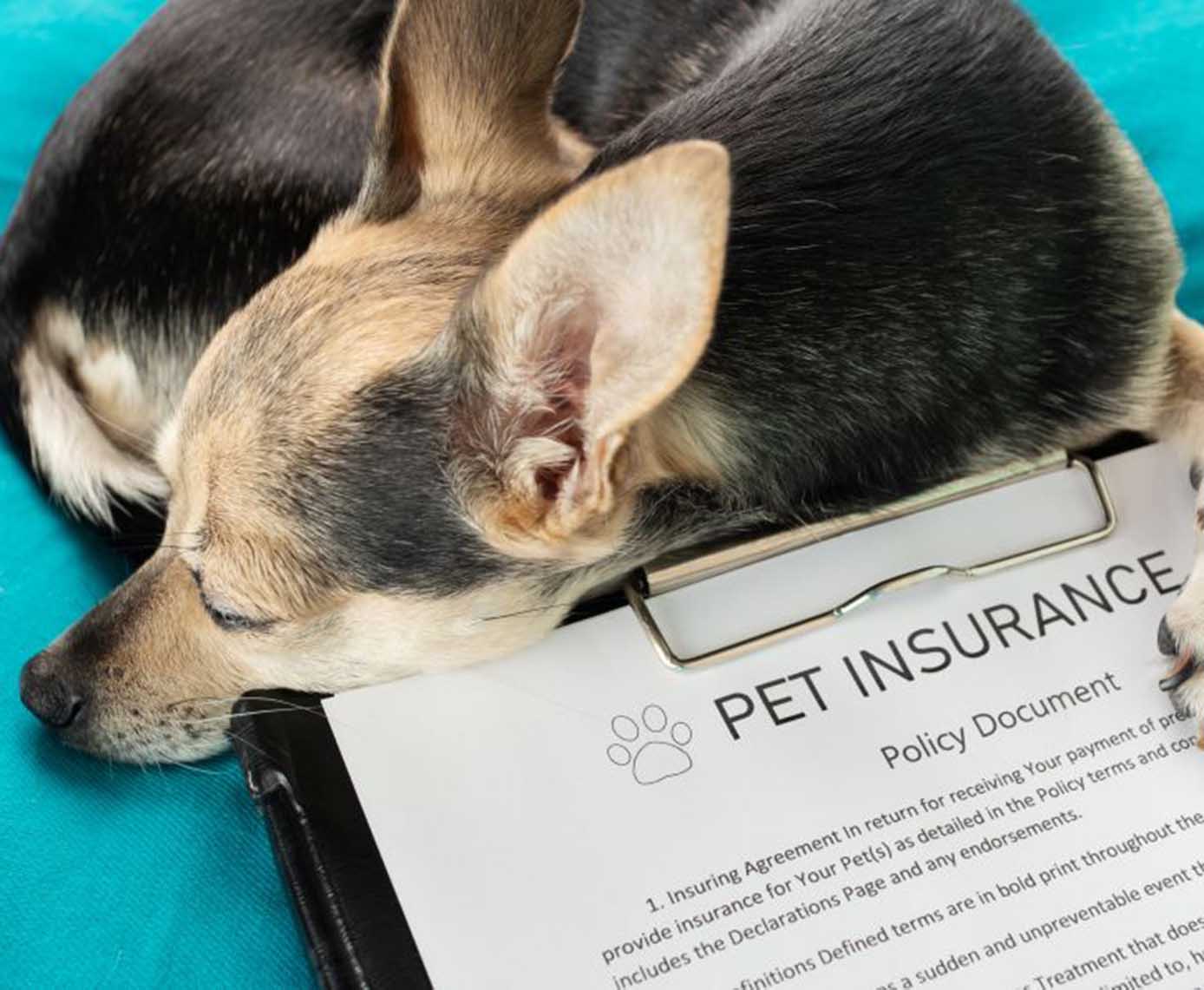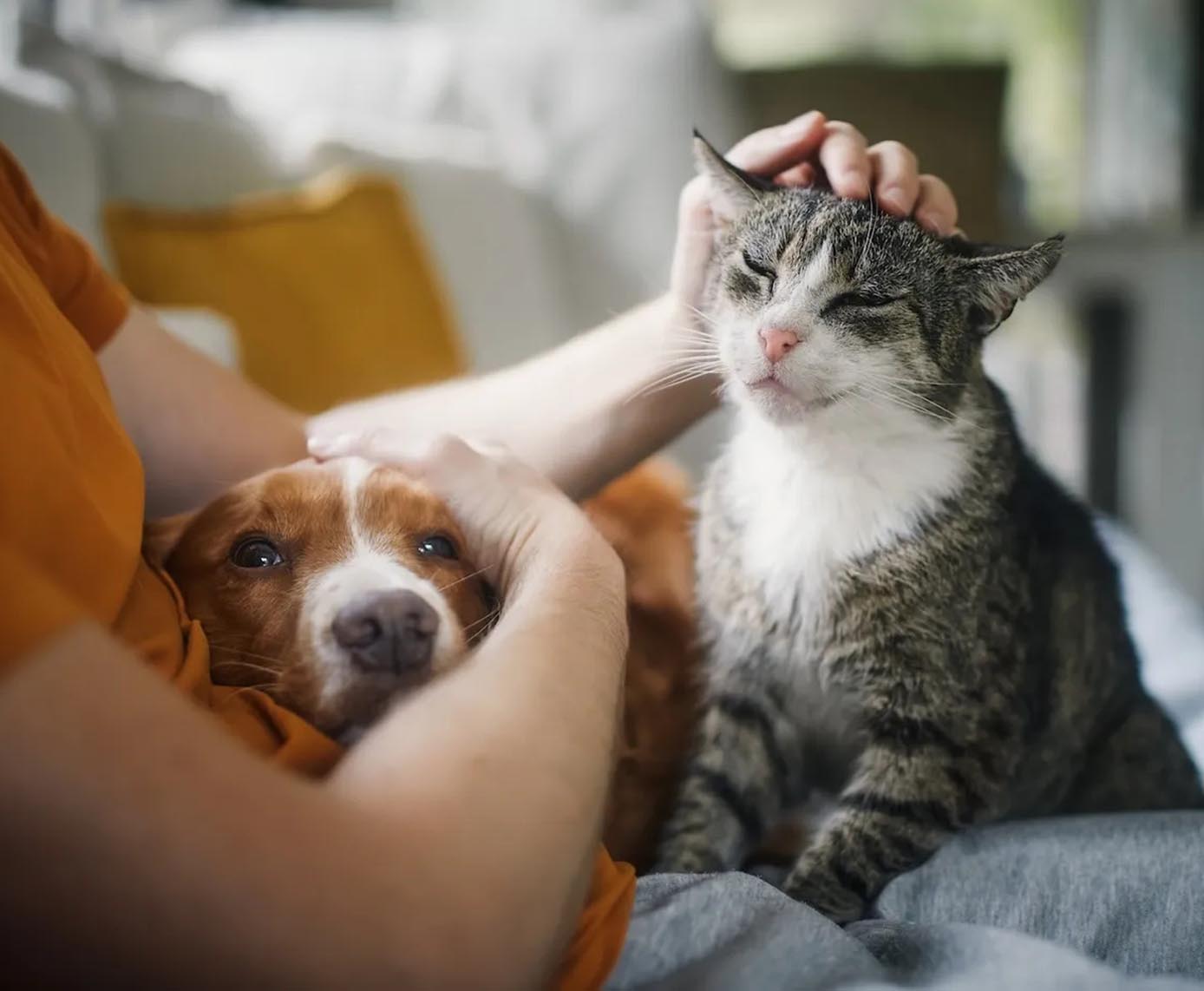For many pet parents, our furry companions are more than just animals—they’re family. As our pets grow older, their needs change, often requiring more frequent vet visits, medications, and even specialized treatments. Naturally, this leads many owners to wonder: Can senior pets still get insurance? The answer is yes—but with important caveats. Insuring an older pet is possible, but the policies, premiums, and coverage options look quite different from those available for younger animals.
In this article, we’ll explore the ins and outs of insuring senior pets, unpack the limitations, and provide guidance to help you decide whether pet insurance is the right choice for your aging companion.
Defining “Senior” in Pet Terms
Before diving into insurance specifics, it’s important to clarify what “senior” actually means in the pet world. Unlike humans, where retirement age is clearly defined, the senior stage in pets varies by species and breed.
- Dogs: Small breeds are often considered senior around age 8–10, while large or giant breeds may reach this stage at just 6–7 years old.
- Cats: Generally considered senior from 10 years onward, though many cats live well into their late teens.
Insurance companies typically categorize pets as “senior” based on age thresholds they set internally. Once a pet passes that threshold, eligibility and coverage options may be more limited.

Can You Still Insure an Older Pet?
The good news is that yes, many insurance providers do accept senior pets. However, not all do, and those that do may impose:
- Age Caps for Enrollment – Some companies stop accepting new pets beyond a certain age (e.g., 8, 10, or 12 years old). Once enrolled, coverage can usually continue for life, provided you maintain the policy without interruption.
- Limited Coverage Options – Senior pets may only qualify for accident-only plans, rather than comprehensive policies covering illnesses.
- Higher Premiums – Premiums rise with age because older pets are statistically more likely to need medical care. This cost difference can be significant.
- Waiting Periods and Exclusions – Older pets may face longer waiting periods before coverage kicks in and stricter exclusions for pre-existing conditions.
The Challenges of Pre-Existing Conditions
One of the biggest obstacles in insuring older pets is the issue of pre-existing conditions. By the time your pet reaches senior age, it’s common for them to already have chronic health problems such as arthritis, kidney disease, or diabetes.
Insurance companies generally do not cover any condition that existed before enrollment. That means if your 12-year-old cat already has hyperthyroidism, the costs related to that condition won’t be reimbursed.
However, coverage may still apply for unrelated issues that arise in the future—such as injuries, new illnesses, or emergencies.
Types of Coverage for Senior Pets
When looking at policies for older pets, you’ll usually find three main types of coverage:
1. Accident-Only Policies
These cover medical costs arising from accidents—broken bones, ingestion of foreign objects, poisoning, etc. They tend to be more affordable but do not cover illnesses, which can be limiting for senior pets prone to age-related conditions.
2. Accident and Illness Policies
More comprehensive, these cover both accidents and a wide range of diseases, from infections to cancer. However, they may exclude pre-existing conditions and come with higher premiums for older pets.
3. Wellness Add-Ons
Some insurers offer wellness or preventive care riders, covering check-ups, vaccinations, and dental cleaning. While not specific to seniors, these add-ons can help offset routine costs.
Common Limitations for Senior Pets
If you’re considering insurance for your older pet, it’s essential to be aware of common limitations:
- Restricted Enrollment Age: Some providers won’t enroll pets older than 8–10 years.
- Coverage Caps: Lower annual limits may apply to senior plans.
- Exclusions for Certain Conditions: Chronic conditions common in older pets may be excluded.
- Higher Deductibles and Co-Pays: To manage risk, insurers may require you to pay more out of pocket.
Benefits of Insuring an Older Pet
Despite the limitations, pet insurance for seniors can still provide peace of mind and real financial benefits:
- Emergency Coverage – Even if chronic illnesses aren’t covered, unexpected accidents can still be very expensive. Insurance cushions the financial blow.
- Access to Care – Insurance can make advanced treatments more accessible, allowing you to make decisions based on your pet’s needs rather than budget constraints.
- Predictable Budgeting – Monthly premiums, while higher, can help spread out costs instead of facing one large bill during a crisis.
Alternatives to Insurance for Senior Pets
If you find insurance is too expensive or doesn’t provide adequate coverage, there are alternatives:
- Pet Savings Accounts – Set aside a fixed amount each month in a dedicated account for veterinary expenses.
- Discount Programs or Wellness Plans – Some vet clinics offer membership plans with discounts on visits, vaccines, and diagnostics.
- Charity or Assistance Programs – In some regions, organizations provide financial help for senior pet medical care.

Tips for Choosing Insurance for an Older Pet
If you’re considering a policy, here are some practical tips:
- Start Early if Possible – The best way to secure coverage is to enroll your pet before they reach senior status.
- Compare Providers Carefully – Look for companies with no maximum enrollment age or flexible senior coverage.
- Read the Fine Print – Pay attention to exclusions, waiting periods, and coverage limits.
- Balance Cost vs Benefit – Calculate whether the premiums make sense compared to your pet’s likely future needs.
- Ask About Lifetime Coverage – Some insurers will cover your pet for life, as long as you never lapse in payments.
Insuring a senior pet isn’t always straightforward. Age restrictions, pre-existing conditions, and higher premiums can make it feel like an uphill battle. Yet, for many owners, the peace of mind that comes with knowing at least some emergencies and treatments are covered is worth the investment.
If your pet is already showing signs of age-related conditions, insurance may offer limited financial benefit. In that case, alternatives like savings accounts or wellness plans may be a smarter choice. But if your pet is still healthy despite their years, securing a policy could help you manage the unpredictable costs of future accidents or illnesses.
The goal is simple: to give your senior pet the best possible care without financial stress weighing heavily on your decisions. Whether through insurance or other financial planning, preparing for the realities of aging is one of the most loving steps you can take for your furry family member.


